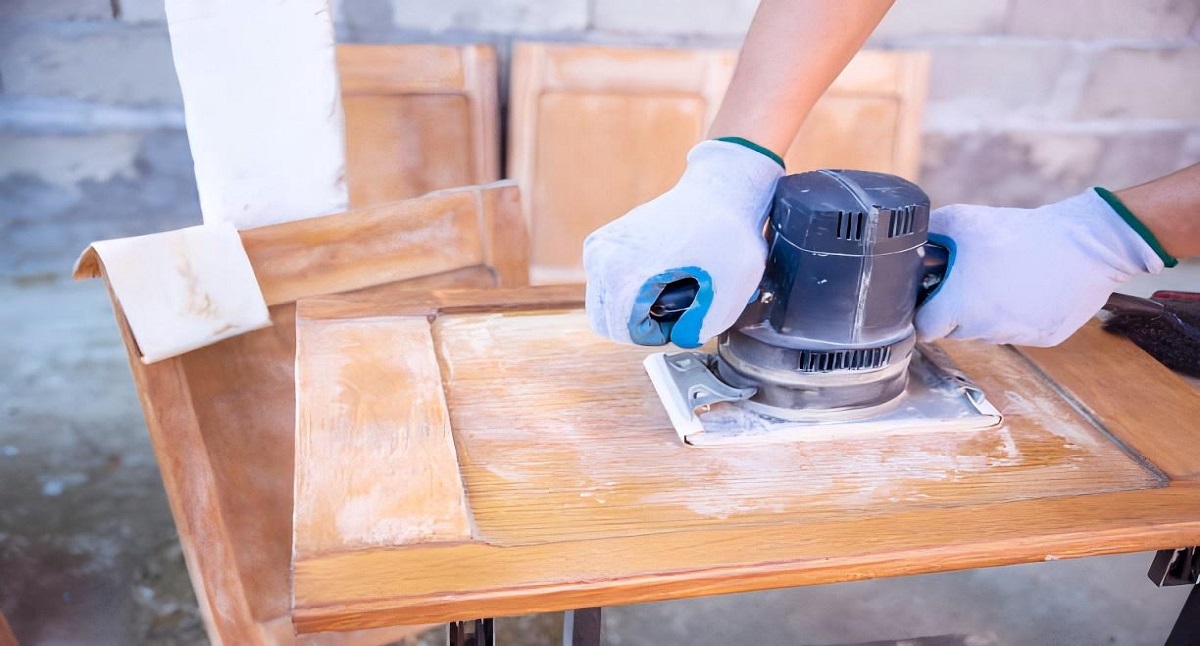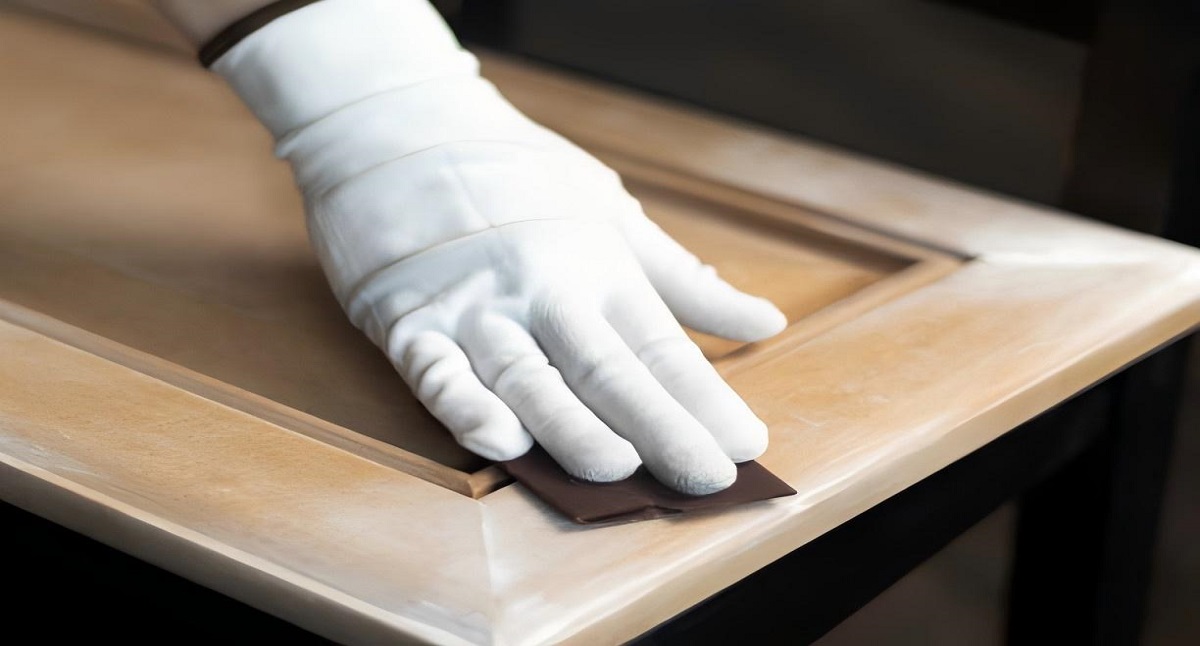When it comes to refinishing cabinets, knowing what grit sandpaper for cabinets to use is crucial for achieving a smooth, professional finish. Whether you’re working on kitchen cabinets, bathroom vanities, or any other type of cabinetry, selecting the appropriate sandpaper grit will determine the outcome of your project. In this guide, we’ll explore the different grits available, their specific uses, and tips for sanding cabinets effectively.
Understanding Sandpaper Grit
Sandpaper is classified by the size of the abrasive particles on its surface, referred to as “grit.” The lower the grit number, the coarser the sandpaper; conversely, higher grit numbers indicate finer abrasives. The grit scale typically ranges from very coarse (40 grit) to extremely fine (600 grit and above). For cabinet refinishing, the most commonly used grits range from 80 to 220.
Coarse Grit (40-80)
Coarse grits, like 40 and 60, are used for heavy material removal. This grit is suitable for:
- Stripping Old Finish: When refinishing cabinets, you may encounter multiple layers of paint or varnish. Coarse sandpaper is effective for quickly removing these layers.
- Smoothing Rough Surfaces: If your cabinets have rough areas, coarse grit can help level out these imperfections.
However, it’s important to use coarse grit with caution, as it can easily leave deep scratches in the wood. This is why it is typically used as a first step in the sanding process.
Medium Grit (80-120)
Medium grit sandpaper, such as 80 or 100 grit, is ideal for:
- Initial Sanding: After using coarse grit, transitioning to medium grit helps to refine the surface. This grit level is perfect for smoothing out scratches left by coarser sandpaper.
- Preparing for Stain or Finish: Medium grit creates a surface that allows stains and finishes to adhere well without compromising the overall look of the wood.
When considering what grit sandpaper for cabinets to use at this stage, make sure to sand in the direction of the wood grain to minimize visible scratches.
Fine Grit (150-220)
Fine grit sandpaper, such as 150 or 220 grit, is essential for:
- Final Sanding: Before applying paint or a finish, fine grit smooths out the surface to ensure an even application. It helps eliminate any remaining scratches from previous sanding.
- Sanding Between Coats: If you’re applying multiple coats of finish, fine grit sandpaper can be used between each layer to promote better adhesion and a smoother appearance.
Fine grit sandpaper is also beneficial when working with softwoods, as it helps prevent damage to the wood fibers.
Choosing the Right Grit for Your Project
The grit of sandpaper you choose will depend on several factors, including the condition of the cabinets, the type of wood, and the desired finish. Here’s a step-by-step guide to help you select the right grit:
Step 1: Assess the Condition of the Cabinets
- Heavily Damaged or Painted Cabinets: If your ca binets are in poor condition, start with 60-80 grit to remove old paint or finish.
- Slightly Worn Cabinets: For cabinets that just need refreshing, start with 120 grit to remove minor imperfections.
Step 2: Choose Your Grit Progression
- Start with Coarse Grit: Begin your sanding process with 60 or 80 grit to remove the bulk of the old finish.
- Move to Medium Grit: Transition to 100 or 120 grit for smoothing the surface after the initial sanding.
- Finish with Fine Grit: Conclude with 150 or 220 grit to achieve a smooth finish that’s ready for paint or stain.
Step 3: Consider the Wood Type
- Softwoods (Pine, Cedar): These woods can be prone to denting and scratching. Start with medium grit (120) to minimize damage, followed by fine grit (220).
- Hardwoods (Oak, Maple): For hardwoods, it’s acceptable to start with coarse grit (80) if the finish is particularly tough, then transition to medium and fine grits.
When selecting what grit sandpaper for cabinets to use, keep the wood type in mind, as it can significantly affect the sanding process.
Tips for Sanding Cabinets
Use the Right Technique
- Sanding Direction: Always sand in the direction of the wood grain. Sanding against the grain can lead to visible scratches that are hard to remove.
- Apply Even Pressure: Use consistent pressure to avoid uneven sanding. Let the sandpaper do the work—pressing too hard can cause uneven surfaces.
Keep it Clean
- Vacuum Frequently: Dust and debris can accumulate quickly when sanding. Regularly vacuum your work area and the cabinets to prevent dust from settling back onto the surface.
- Use Tack Cloth: After sanding, use a tack cloth to pick up any remaining dust before applying paint or stain.
Consider Power Tools
While hand sanding is effective, using a power sander can save time and effort. For large surfaces, consider using an orbital sander with the appropriate sandpaper grit. Just be cautious to keep the sander moving to avoid sanding too deeply in one spot.
Conclusion
Choosing the right grit sandpaper for cabinets is essential for achieving a smooth and professional finish. By starting with coarse grit for heavy material removal, transitioning through medium grit for refining surfaces, and finishing with fine grit for a polished look, you can effectively prepare your cabinets for painting or staining. Always assess the condition of your cabinets and the type of wood to ensure the best results. Knowing what grit sandpaper for cabinets to use at each stage is key to ensuring that your project not only looks great but also stands the test of time, enhancing the beauty of your space.


